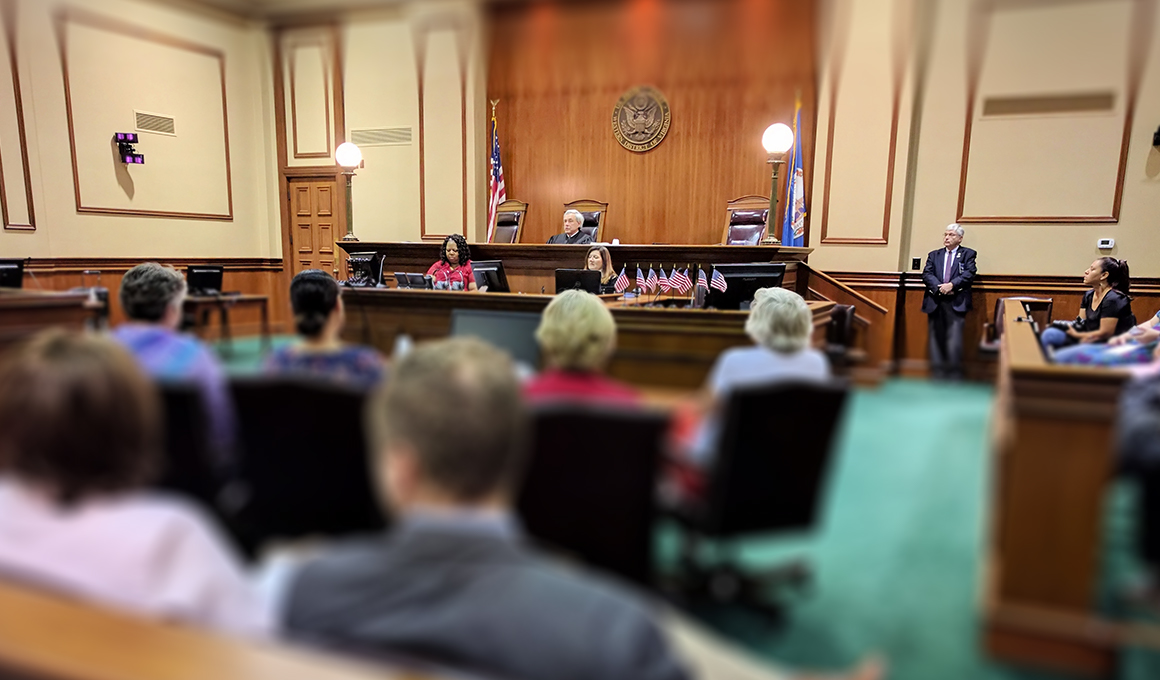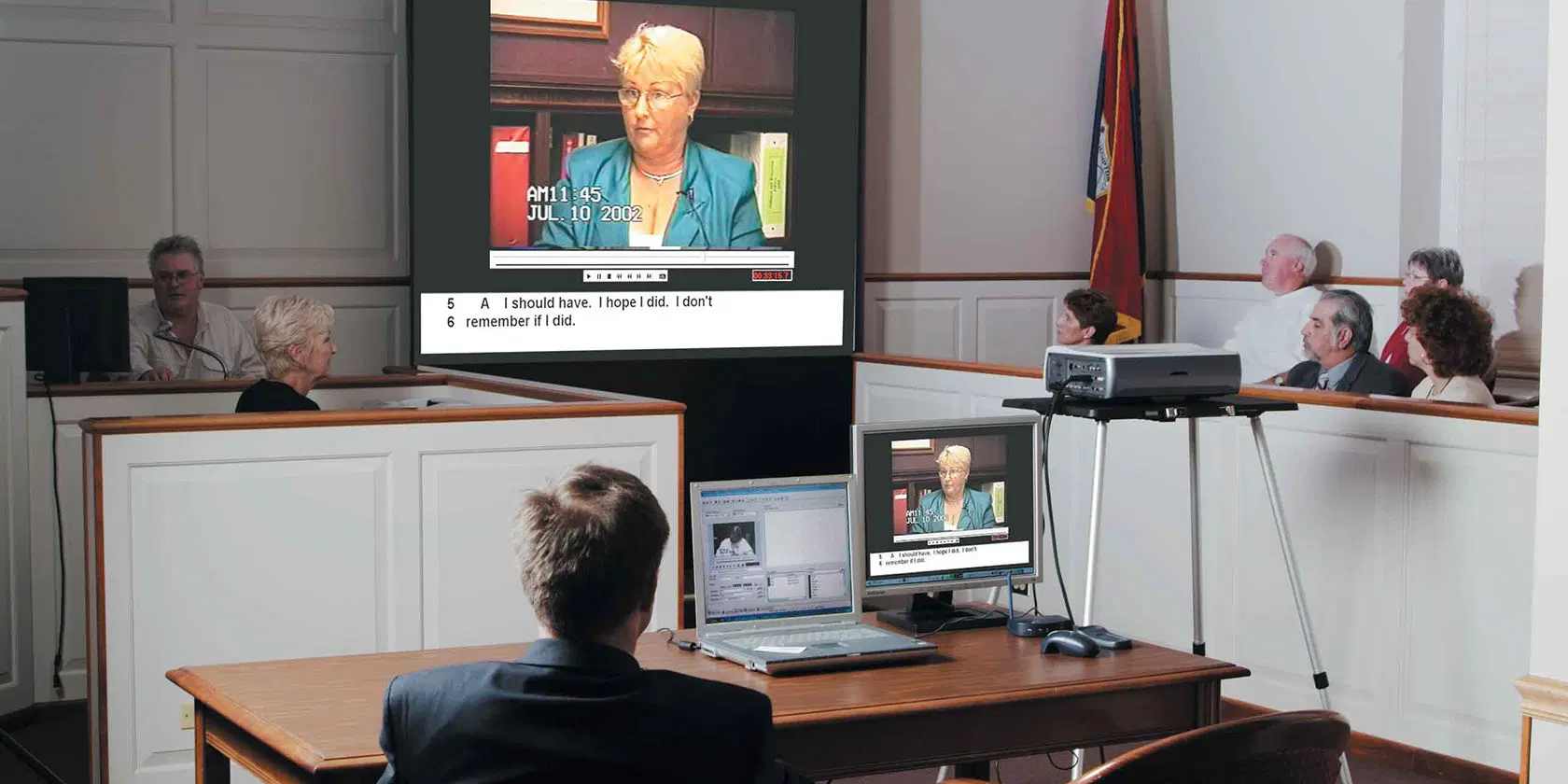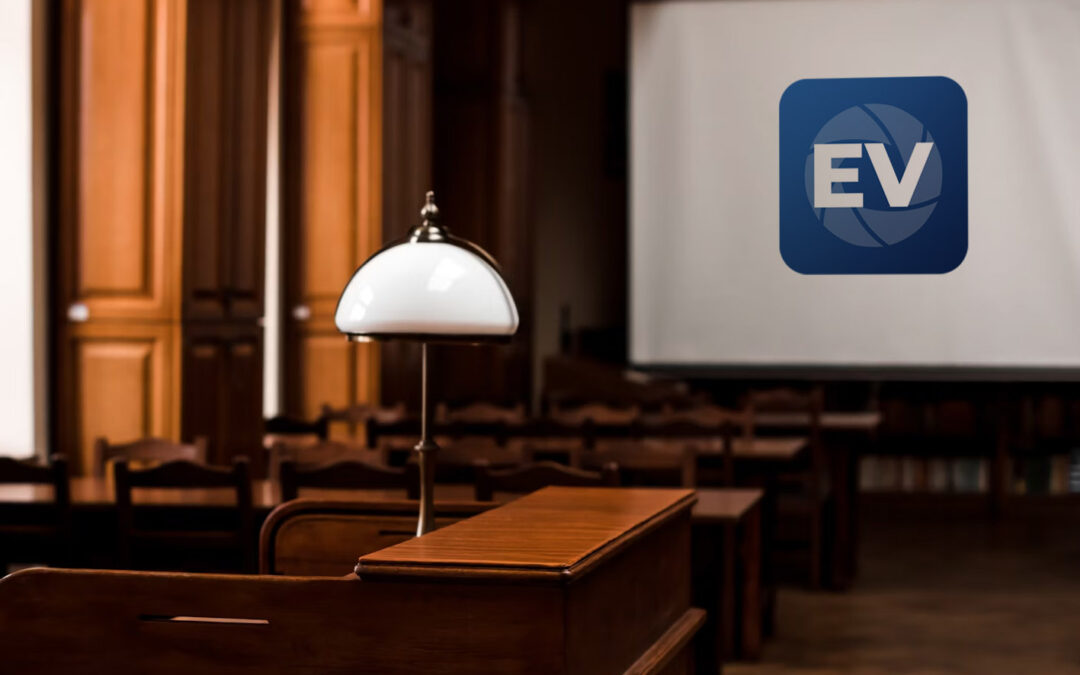How Test Presentations Enhance Your Debate and Persuade Jurors
Trial presentations offer as a critical mechanism for boosting legal debates and convincing jurors. By incorporating visual help, narrative frameworks, and psychological engagement, lawyers can develop an engaging case that reverberates on multiple levels. The critical use of visuals not just clears up complicated info however additionally captures jurors' attention better than words alone. The art of storytelling plays an equally crucial duty in transforming factual proof right into a compelling narrative, forming jurors' understandings. Comprehending these elements can significantly affect trial results, elevating the question of exactly how each element adds to this complex dynamic.

Significance of Visual Help
Aesthetic help play a crucial function in improving the performance of trial presentations, as they can substantially increase audience interaction and retention of details. In the context of a test, where jurors are entrusted with handling complex information, aesthetic help serve to simplify and make clear bottom lines. Charts, graphs, and images can communicate data and ideas that may or else overwhelm or confuse jurors, permitting an extra straightforward understanding of the proof offered.
In addition, aesthetic aids help in keeping juror attention throughout the procedures. By damaging the monotony of spoken testimony, these tools can punctuate crucial disagreements, making them extra memorable. Efficient visual help can also stimulate psychological responses, which can be critical in convincing jurors to line up with the speaker's story.

Crafting Engaging Narratives
An engaging story is crucial in test discussions, as it serves as the backbone of reliable persuasion. It permits lawyers to weave together realities, evidence, and psychological elements right into a meaningful tale that reverberates with jurors. This narrative structure makes it possible for jurors to understand the intricacies of the case while assisting them via the lawyer's argument.
To craft a compelling narrative, lawyers ought to concentrate on clearness and coherence. In addition, the use of vivid descriptions can produce psychological pictures that assist jurors envision the events, making the narrative much more remarkable.
Moreover, incorporating key themes throughout the discussion reinforces the core message and help in retention - trial presentations. The narrative must not only communicate details yet likewise evoke a sense of justice, highlighting the risks involved. Eventually, a well-constructed story cultivates a connection between the jurors and the instance, placing the attorney's disagreement as both reputable and compelling, consequently raising the chance of a favorable verdict

Involving the Court Emotionally
Efficient court interaction pivots on the attorney's capability to get in touch with jurors on a psychological degree. This link can dramatically affect jurors' assumptions and their utmost decision-making. Using emotional allures allows attorneys to humanize the case, changing abstract lawful principles right into relatable experiences. By providing real-life visite site stories or testimonials, attorneys can stimulate empathy and empathy, fostering a much deeper understanding of the problems at stake.
Aesthetic aids, such as photographs or video clips, can additionally improve emotional involvement, supplying jurors with dazzling depictions of the case's human aspects. Crafting a narrative that highlights the battles and accomplishments of the individuals involved makes sure that jurors see past the legal debates and recognize the human repercussions of their choices.
A lawyer's enthusiastic shipment can resonate with jurors, reinforcing their emotional financial investment in the case. It's vital to stabilize psychological appeals with factual evidence, making sure that jurors feel urged to act while staying based in the truth.
Structuring Your Discussion

The body of the presentation must be realistically fractional into vital points, each sustained by engaging evidence. It is helpful to use narration strategies to weave facts into a story that jurors can easily follow. Visual aids, such as charts and video clips, can enhance understanding and engagement, aiding to highlight critical pieces of evidence.
Real-World Study
Analyzing real-world learn this here now study supplies important insights into the art of trial presentations and persuasion. As an example, the landmark case of "O.J. Simpson v. Individuals of The golden state" highlights just how visual help and engaging stories can persuade jury assumptions. The protection team properly utilized a strategy that combined top-level professional testimonies with multimedia discussions, which mesmerized jurors and inevitably influenced their decision.
One more significant instance is the "McDonald's Coffee Instance," where the complainant's lawyers utilized graphic photos of the injuries suffered by Stella Liebeck. trial presentations. This trial presentations raw visual proof played a crucial role in communicating the intensity of her burns, bring about a considerable court award. Such cases show that impactful trial presentations often rest on the effective combination of visuals and narration to stimulate psychological actions from jurors
In addition, the "Casey Anthony Test" highlighted the value of narrative coherence and reliability. The prosecution's failure to establish a compelling timeline lessened their influential power, highlighting the requirement of a well-structured discussion. Examining these instances exposes that successful test presentations call for strategic planning, emotional involvement, and the capability to resonate with jurors' values and ideas.
Final Thought
Trial discussions significantly boost debates and persuade jurors through the strategic usage of visual help, engaging narratives, and psychological involvement. A well-structured discussion equilibriums psychological allures with accurate evidence, inevitably resonating with jurors' values.